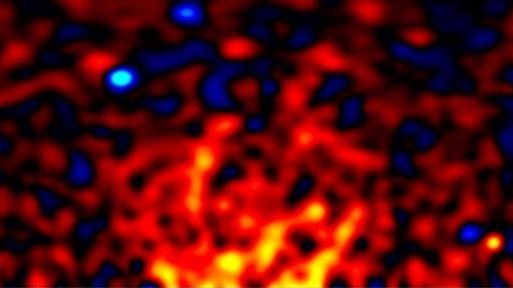Nobel prize winner and gravitational wave pioneer Rainer Weiss dies at 92
"Rai leaves an indelible mark on science and a gaping hole in our lives."
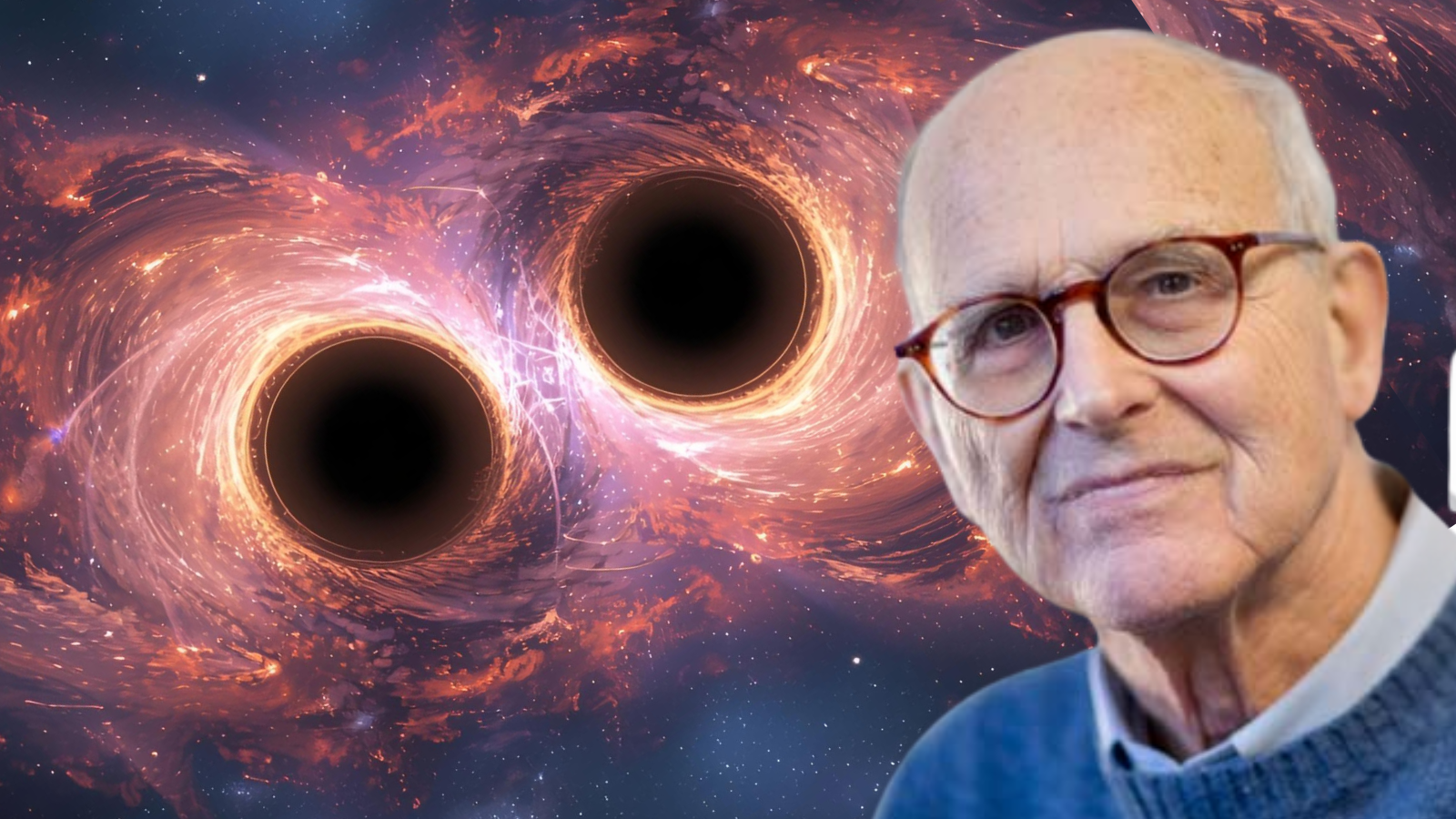
Renowned experimental physicist, Nobel laureate and Massachusetts Institute of Technology Professor Emeritus Rainer Weiss, passed away on Aug. 25 at the age of 92.
Weiss was integral in confirming the existence of tiny ripples in spacetime called "gravitational waves," first predicted by Albert Einstein in his 1915 theory of gravity, general relativity. Weiss achieved this when he conceived the Laser Interferometer Gravitational-Wave Observatory (LIGO) with the aid of other physics luminaries such as Kip Thorne and Scottish physicist Ronald Drever. Weiss then went on to lead the team that built LIGO, as well as leading the scientists who, on Sept. 14, 2015, made the first detection of gravitational waves. The signal, designated GW150914, was the result of two black holes colliding and merging 1.4 billion light-years away.
Weiss shared the 2017 Nobel Prize in Physics for this breakthrough, with LIGO and its international partners, the Virgo gravitational wave interferometer, and the Kamioka Gravitational Wave Detector (KAGRA) going on to make many more detections of gravitational waves created by colliding black holes and merging neutron stars. Remarkably, in confirming the existence of gravitational waves, Weiss both proved Einstein right and wrong at the same time. Einstein had been convinced that these ripples in spacetime were so faint that no apparatus on Earth could ever be sensitive enough to detect them, showing just how revolutionary LIGO was.
Nergis Mavalvala, dean of the MIT School of Science and the Curtis and Kathleen Marble Professor of Astrophysics, worked with Weiss in the 1990s to build an early prototype gravitational wave detector.
"Rai leaves an indelible mark on science and a gaping hole in our lives," she said in a statement from MIT. "He will be so missed, but has also gifted us a singular legacy. Every gravitational wave event we observe will remind us of him, and we will smile," Mavalvala said.
"I am indeed heartbroken, but also so grateful for having him in my life, and for the incredible gifts he has given us — of passion for science and discovery, but most of all to always put people first."
A committed mentor and teacher, Weiss initially envisioned gravitational wave detectors as a teaching aid. Weiss told MIT News in 2017: "What's the simplest thing I can think of to show these students that you could detect the influence of a gravitational wave?"
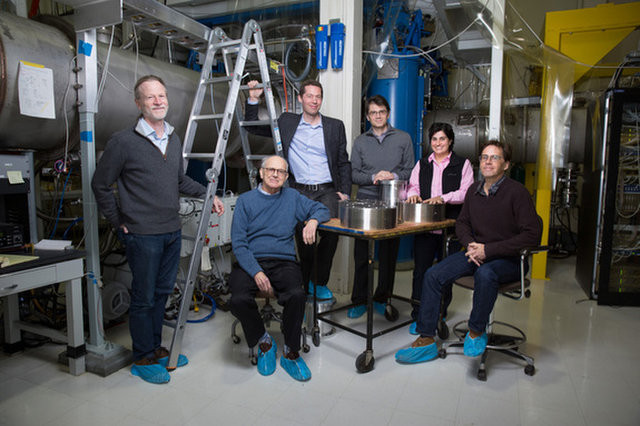
Gravitational waves weren't Weiss's only passion in physics. Weiss developed a precise atomic clock, and was also a pioneer in the measurement of a cosmic fossil called the Cosmic Microwave Background (CMB), leftover radiation from an event just after the Big Bang.
Weiss not only devised a way to measure the CMB using a weather balloon, but he was co-founder of the NASA Cosmic Background Explorer (COBE) project. Launched to Earth orbit on Nov. 18, 1989, and operating until 1993, COBE revolutionized our view of the evolution of the universe and provided crucial evidence supporting the Big Bang.
"Rai held a singular position in science: He was the creator of two fields — measurements of the CMB and of gravitational waves," Peter Fisher, former head of the MIT physics department and the Thomas A. Frank Professor of Physics, said. "His students have gone on to lead both fields and carried Rai's rigor and decency to both. He not only created a huge part of important science, but he also populated them with people of the highest caliber and integrity."
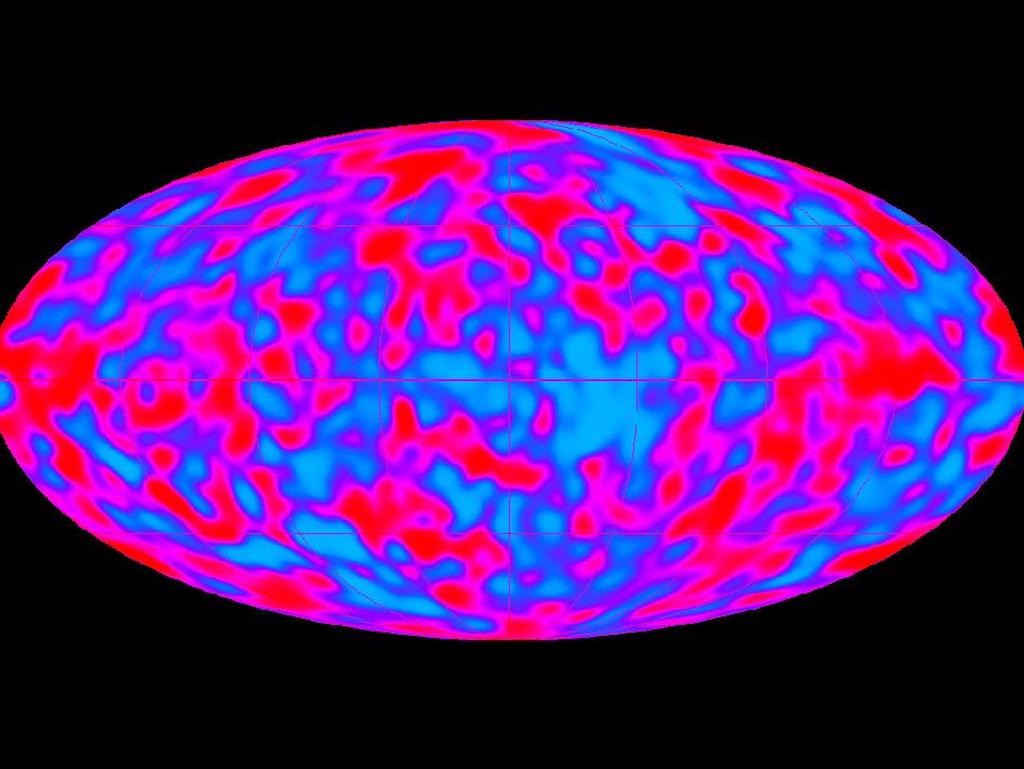
Weiss was born in Berlin in 1932, arriving in New York City after he and his family fled Nazi Germany. Growing up in New York, Weiss developed a love of classical music and electronics, earning money repairing radios. He finished his undergraduate degree in 1955 and earned his PhD in 1962.
After developing experiments to test gravity as part of Robert Dicke's Princeton University physics group, Weiss returned to MIT in 1964 (he had enrolled earlier but dropped out in his junior year), where he founded a new research group dedicated to the study of cosmology and gravity.
In addition to the Nobel Prize, Weiss was honored during his career with a cavalcade of other awards. These included: the Medaille de l'ADION, the 2006 Gruber Prize in Cosmology, the 2007 Einstein Prize of the American Physical Society, a Special Breakthrough Prize in Fundamental Physics, the Gruber Prize in Cosmology, the Shaw Prize in Astronomy, and the Kavli Prize in Astrophysics, the latter three of which he shared with Drever and Thorne.
Weiss emphasized the collaborative nature of physics in humble fashion while discussing his Nobel Prize win at a 2017 MIT press conference.
"The discovery has been the work of a large number of people, many of whom played crucial roles. I view receiving this [award] as sort of a symbol of the various other people who have worked on this," Weiss said. "This prize and others that are given to scientists is an affirmation by our society of [the importance of] gaining information about the world around us from reasoned understanding of evidence."
Weiss is survived by his wife, Rebecca, his daughter, Sarah, and her husband, Tony, and his son, Benjamin, and his wife, Carla, as well as his grandson, Sam, and his wife, Constance.
Breaking space news, the latest updates on rocket launches, skywatching events and more!
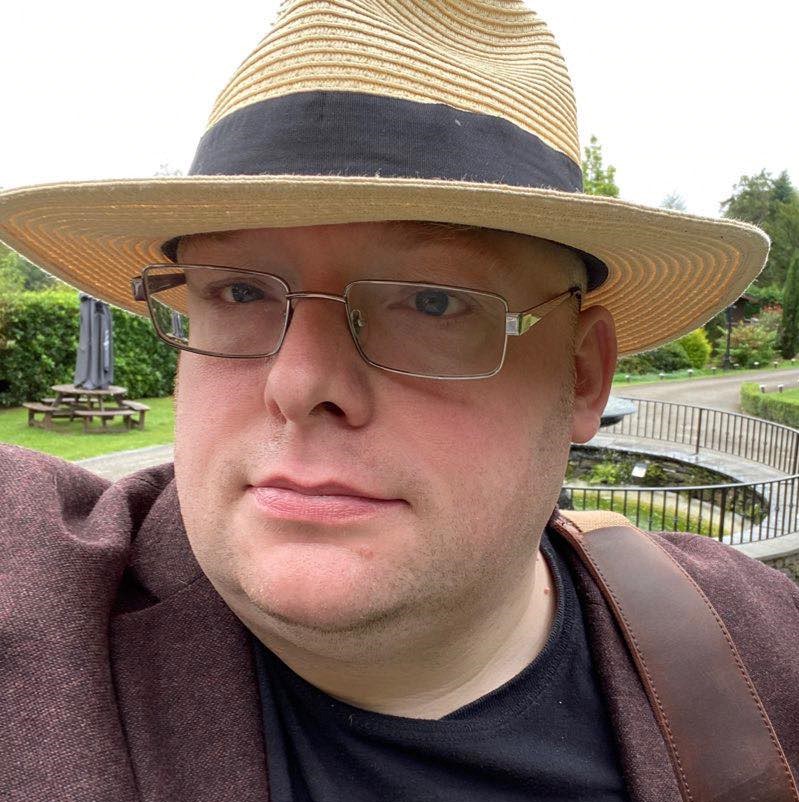
Robert Lea is a science journalist in the U.K. whose articles have been published in Physics World, New Scientist, Astronomy Magazine, All About Space, Newsweek and ZME Science. He also writes about science communication for Elsevier and the European Journal of Physics. Rob holds a bachelor of science degree in physics and astronomy from the U.K.’s Open University. Follow him on Twitter @sciencef1rst.
You must confirm your public display name before commenting
Please logout and then login again, you will then be prompted to enter your display name.
